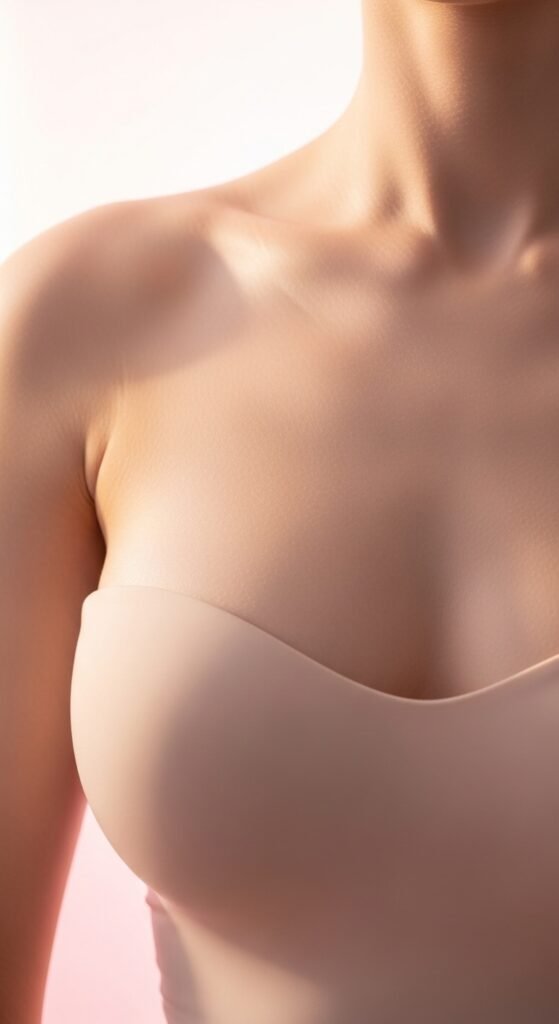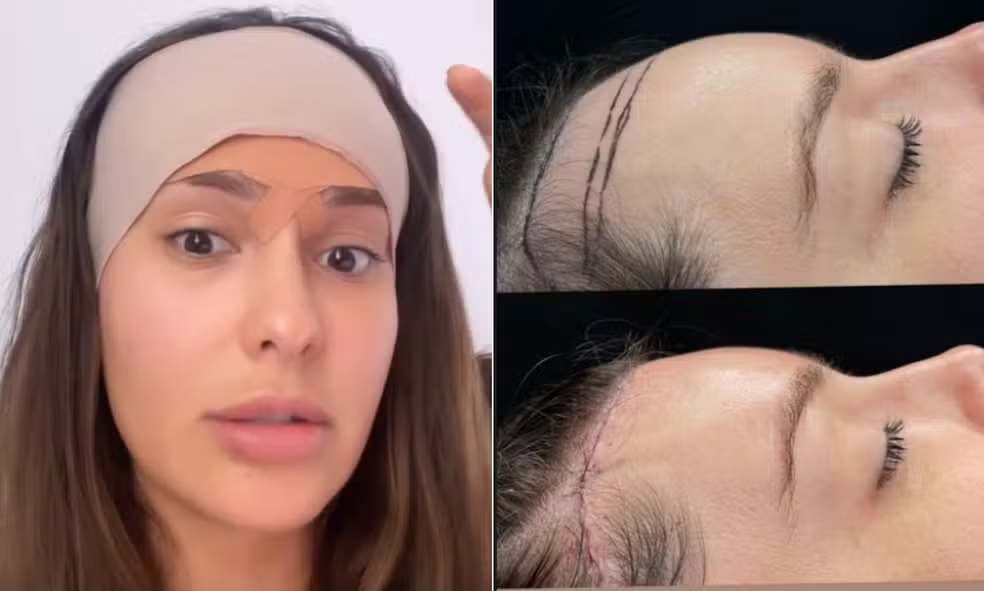Eyelid Surgery: Scar Placement and the Best Technique
Every eyelid surgery (blepharoplasty) leaves a scar, but the real difference lies in how the scar is made and how it will look after healing.
Dr. Eduardo explains the differences between techniques and how to achieve a natural and discreet result.
Blepharoplasty Techniques and Scars
In the clinic, the transcutaneous technique is rarely used.
This method involves a cut along the lash line, following the contour of the eyelid to the outer corner of the orbit, creating a long, arc-shaped scar.
Although it effectively removes fat pads, the transcutaneous approach has higher morbidity, causing more postoperative discomfort and longer scars.
Transconjunctival Technique: More Discreet Scar
The preferred method is the transconjunctival technique, which removes fat from inside the eyelid.
Excess skin is addressed through a small incision slightly below the lash line, about 4 mm down, leaving a more discreet and natural scar.
The incision is placed at the point of greatest skin laxity, ensuring precise and harmonious correction.
Complementary Treatment of the Periorbital Area
In addition to fat removal and skin excision, deeper areas around the eyes can be treated with:
- Peels
- Laser
- Fat repositioning
These procedures improve skin quality, reduce fine lines, and provide a rejuvenated, natural result.
Conclusion
The final outcome of blepharoplasty depends on the chosen technique and surgeon’s planning.
The transconjunctival approach, combined with precise skin management and complementary treatments, ensures discreet scars, less postoperative discomfort, and longer-lasting, natural results.






